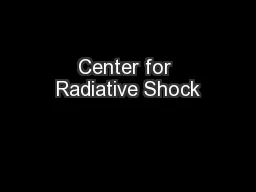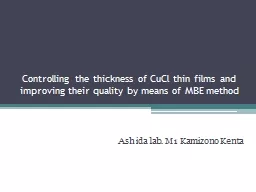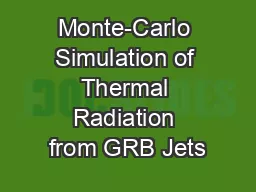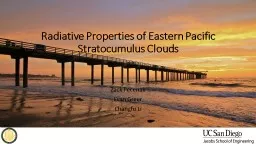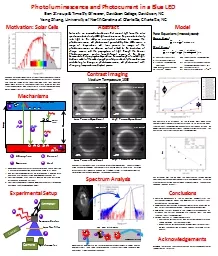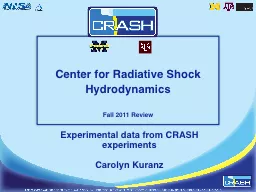PPT-Center for Radiative Shock
Author : mitsue-stanley | Published Date : 2018-01-08
Hydrodynamics Fall 2011 Review PDT and radiation transport Marvin L Adams We continue to develop and PDT and apply it to CRASH problems Assessing diffusion model
Presentation Embed Code
Download Presentation
Download Presentation The PPT/PDF document "Center for Radiative Shock" is the property of its rightful owner. Permission is granted to download and print the materials on this website for personal, non-commercial use only, and to display it on your personal computer provided you do not modify the materials and that you retain all copyright notices contained in the materials. By downloading content from our website, you accept the terms of this agreement.
Center for Radiative Shock: Transcript
Download Rules Of Document
"Center for Radiative Shock"The content belongs to its owner. You may download and print it for personal use, without modification, and keep all copyright notices. By downloading, you agree to these terms.
Related Documents

